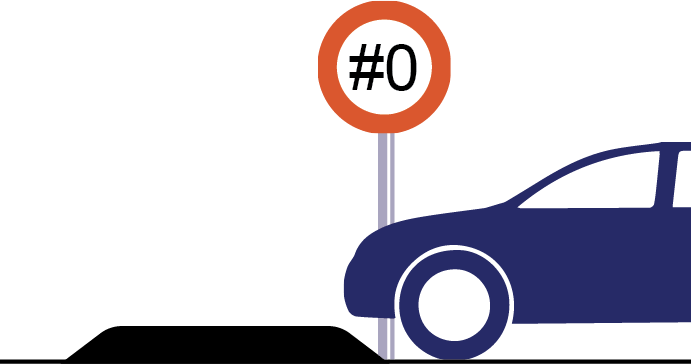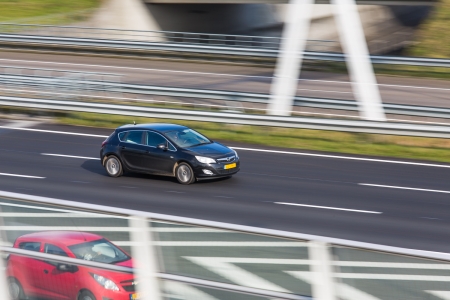Speed management, intended to realise safe driving speeds, consists of a combination of measures that have to be implemented in a logical order [25] [27] [28]:
|
|
Step 1: Determine what speed limit is safe |
|
|
|
|
|
Step 2: Ensure the limit is credible |
|
|
|
|
|
Step 3: Provide appropriate information about the local limit |
|
|
|
|
|
Step 4: Where necessary, deploy physical speed reduction measures |
|
|
|
|
|
Step 5: Deploy traffic enforcement as a complementary measure |
|
|
|
|
|
Step 6: Support by education and publicity campaigns |






